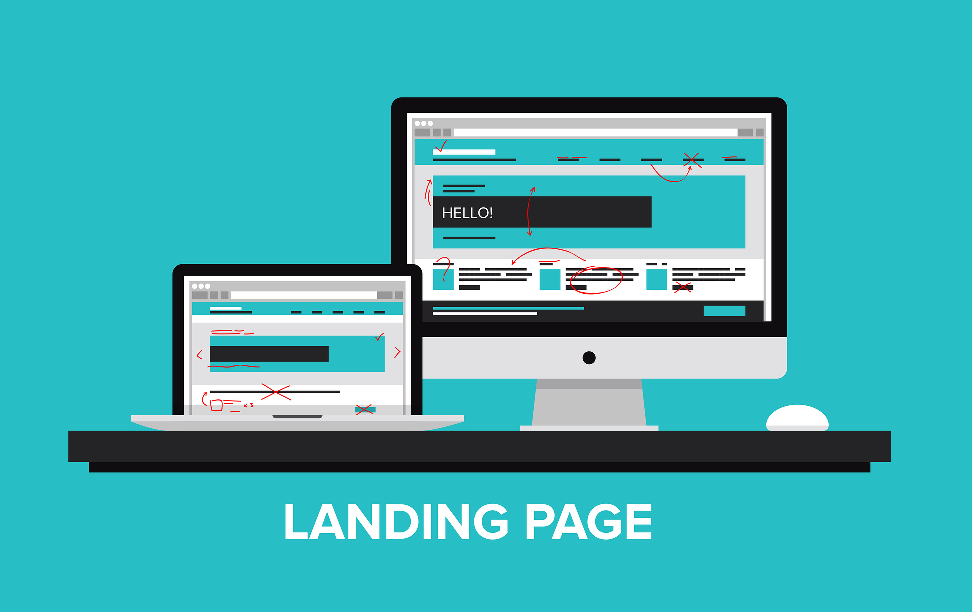
There is no exact science to a landing page, nor a formula for what makes the best user experience in a campaign. However, there are some best practices that you can follow to try and get the most out of your landing pages and website.
Most importantly, make sure a landing page promotes your goals, provides a good experience for the user, and is easily searchable. Following these core rules will help to increase the value of a landing page and its efficiency within a campaign. Below are some more detailed tips and tricks of the trade that I’ve learned in my experience with ad campaigns.
Make it goal friendly
What do you want a user to do when they land on your site? Most likely your goal isn’t to have them land and leave. Whether the goal of a campaign is to obtain leads, get users to consume content or become more brand aware, your landing page should be set up to make it as easy as possible for them to follow that goal.
If you’re looking to obtain leads from an inbound campaign, then your best bet is to point them to a page with gated content or other types of registration in order to decrease the amount of time and pages it takes for a user to go from landing to filling out the lead form. For an engagement campaign, where the goal is to have users consume content within your site, you want to be sure to point them to a page with some upfront content. From there, you should include links to other content pieces and types, so that the user can decide their own path and nurture themselves. Brand awareness campaigns are the least strict in terms of landing pages. Depending on what exactly you want them to become aware of, you can point them to a Homepage, product page or other informational pages. The key here is to make sure whatever landing page you use is more top of funnel with high-level information, as the user may not know much or anything about your company.
Make it user friendly
No matter what the goal of your landing page is, often times a user won’t follow the path you intended them to. If they land on a gated content page, they may decide to go to the homepage to learn more about your company rather than fill out the lead form and download the content. Due to this, it’s best to make sure your landing page is easy to navigate. This means having links to other areas within the website, having a logo that’s clickable and leads to the homepage, including CTA’s that are visible and relevant, and making it easy to find your contact information or contact us page.
In addition to navigation, your landing page should build trust with the user. One of the easiest ways to do this is to ensure your ad is directly relevant to the landing page. Make sure there’s no disconnect between what’s mentioned in the ad and what’s on the landing page. Also, it’s always best to have the aesthetics and imagery line up between the ad and landing page. If a user lands on a page that is offering a completely different product, or looks completely different than the ad they clicked on, there is a chance they could think the ad was misleading and leave.
Make it search friendly
In addition to the above tips for paid media efforts, it’s also best to optimize your landing page for SEO so users can find it on their own, without being directed by an ad. A big factor here is the use of keywords. Ensuring that relevant keywords are present and concentrated towards the front will allow for the highest SEO impact. Additionally, how fast your site loads can affect your SEO ranking, as well as the user experience. A four or more second load time is considered to be poor, and you should make efforts to try and speed it up. Anything that loads within 1 second is a quick load time, and is what you should aim for. There can be many things behind a slow load time, including image size/format, plugins, re-directs, unnecessary or large cookies and tracking scripts. See https://www.woorank.com/en/p/page-load-time for more information on how to optimize your load time.
These are just some of the issues I’ve run across, and there are many other factors that go into making a successful landing page.
Comment in the section below with any best practices you’ve learned!
Katelyn Sheehan
Just Media, Inc.
